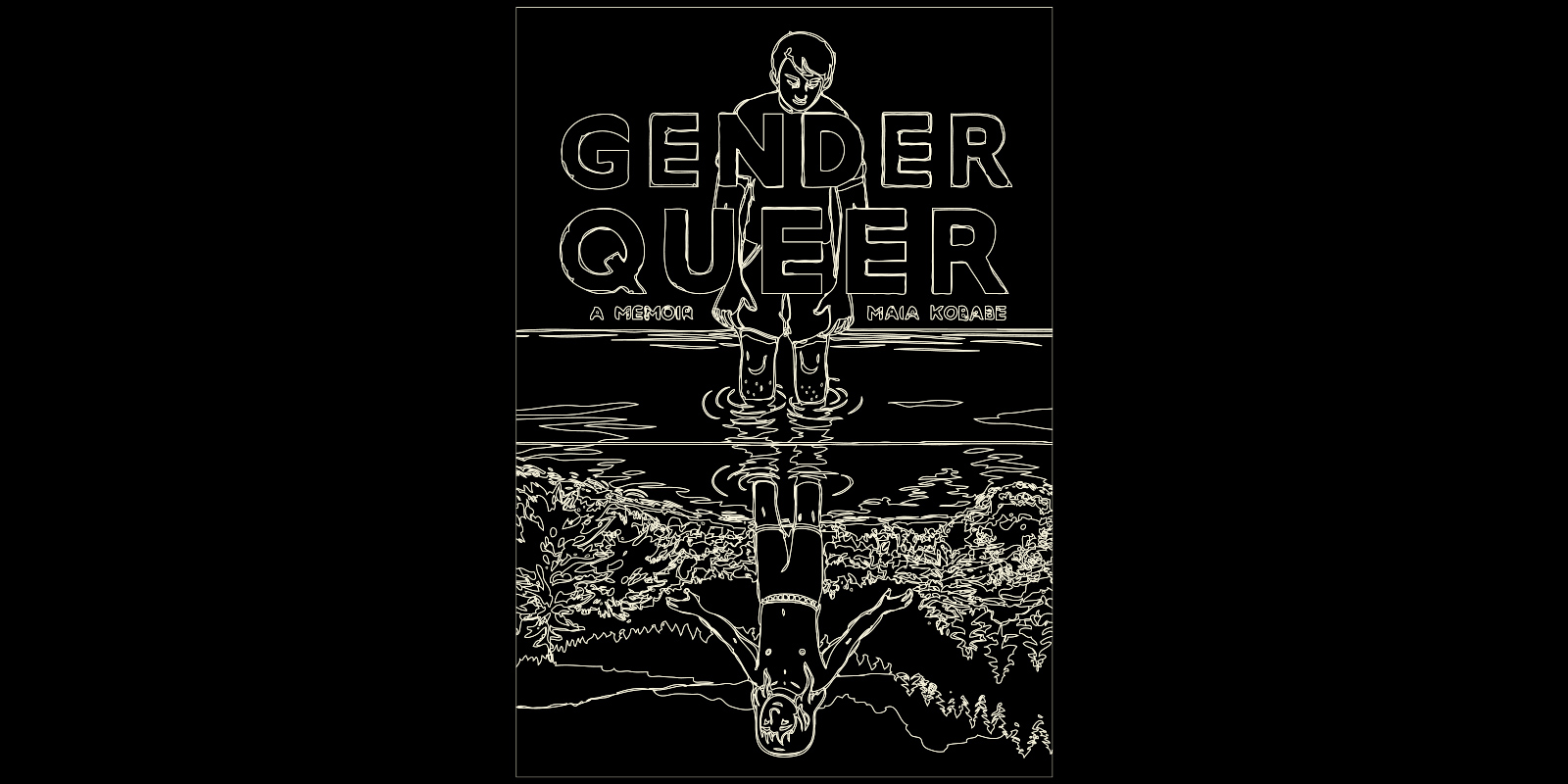Pro-Palestinian Campus Protests Shouldn’t be Snuffed Out by Police
Civil Liberties Union
Read our take on some of the most commonly banned books.
October 1-7 is Banned Books Week, a week dedicated to bringing together readers, educators, and authors to celebrate freedom of expression and to fight unchecked censorship. This year, amid a wave of challenges to library book and curricular materials, the NYCLU is celebrating Banned Books Week by reading some of the most frequently banned books of the last few years – the American Library Association maintains the list.
Very often, when people demand the removal of library books, they haven’t read the books and are basing their objections on information published by ideological groups like Moms for Liberty. This was true of the school board members in the leading Supreme Court case on school library censorship, the NYCLU’s Island Trees v. Pico.
That case was decided in 1982, after board members of a school district in Long Island received a list of objectionable books from a group called Parents of New York United. The group itself was not based in the district, and no local parents or students had objected to the books, which included Slaughterhouse Five by Kurt Vonnegut, Black Boy by Richard Wright, and Best Short Stories by Negro Writers, edited by Langston Hughes.
Nevertheless, the Board disregarded the recommendation of its own book review committee and removed the books, calling them “anti-American, anti-Christian, anti-Sem[i]tic, and just plain filthy.”
In the end, the Supreme Court ruled that school districts cannot ban books with the intent of imposing a narrow orthodoxy of viewpoints and values.
Today, ideological groups seeking to ban books often rely on a litmus test for content rather than considering the context and educational value of the materials themselves. These groups almost always target books written by and about Black and Brown people or those in the LGBTQ community. These rampant attempts at censorship are attacks on our right to learn and to be exposed to a diverse set of ideas and viewpoints.
So, in honor of Banned Books Week, we dug into some of our favorite banned books this year to consider their civil rights themes, and we’re glad to share our reviews with you.




